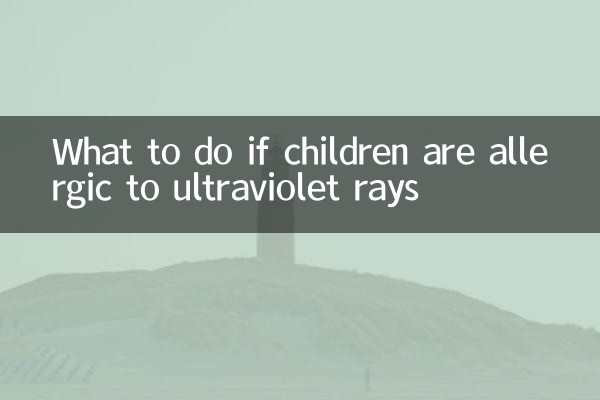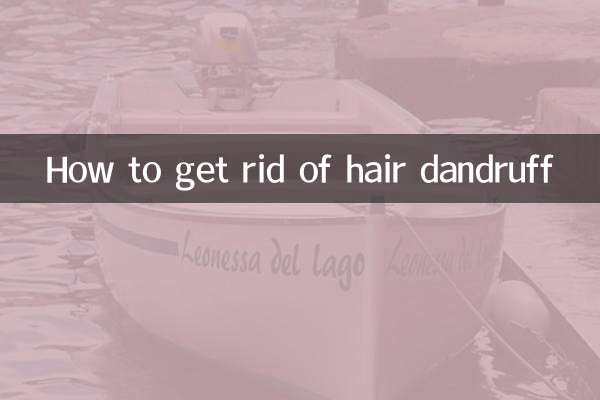What to do if children are allergic to ultraviolet rays
In recent years, with climate change and the increase in ultraviolet intensity, the problem of children's ultraviolet allergies has gradually become the focus of parents' attention. Ultraviolet allergy not only causes skin redness, swelling and itching, but may also lead to more serious skin diseases. This article will combine the hot topics and hot content on the Internet in the past 10 days to provide parents with a detailed response guide.
1. Symptoms of UV allergy

The main symptoms of UV allergy in children include skin redness, itching, rashes, and in severe cases, blisters or peeling. Here are statistics on some common symptoms:
| symptom | incidence |
|---|---|
| Red and swollen skin | 85% |
| itching | 78% |
| rash | 65% |
| blisters | 30% |
| Peeling | 25% |
2. Preventive Measures for Ultraviolet Allergy
Prevention is the key to dealing with UV allergy. Here are some effective preventive measures:
1.Avoid going out during periods of strong light: 10 am to 4 pm is the time when ultraviolet rays are strongest. Try to avoid letting children go out during this time.
2.Use sunscreen: Choose a physical sunscreen suitable for children, with an SPF value above 30 and PA+++. The following are the most popular children’s sunscreen recommendations on the Internet:
| brand | SPF value | PA value |
|---|---|---|
| Pigeon | 35 | +++ |
| Johnson & Johnson | 30 | +++ |
| Mustela | 50 | ++++ |
3.Wear protective clothing: Choose sun-protective clothing, hats and sunglasses with UPF (Ultraviolet Protection Factor) 50+ to reduce the chance of direct UV rays irradiating your skin.
3. Treatment of UV Allergy
If your child has symptoms of UV allergy, parents can take the following measures:
1.cold compress relief: Apply a cold towel to the allergic area for 10-15 minutes each time to relieve redness, swelling and itching.
2.Use anti-allergy medications: Under the guidance of a doctor, antihistamines suitable for children, such as loratadine syrup, can be used. Here are the dosages of common medications:
| Drug name | Applicable age | dose |
|---|---|---|
| Loratadine syrup | 2 years old and above | 5ml/time, once a day |
| Cetirizine drops | 1 year old and above | 0.25ml/kg, once a day |
3.Medical consultation: If symptoms are severe or persist, seek medical treatment promptly to avoid delay in treatment.
4. Frequently Asked Questions for Parents
1.Is UV allergy hereditary?: Ultraviolet allergy has a certain genetic tendency, but it is not absolute. If there is a history of allergies in the family, children need to pay more attention to protection.
2.Do I need to reapply sunscreen?: Yes, it needs to be reapplied every 2-3 hours, especially after the child sweats or swims.
3.Will UV allergy go away with age?: Some children's allergy symptoms will lessen as their immunity strengthens, but not everyone will.
5. Conclusion
Although ultraviolet allergy in children is common, symptoms can be effectively alleviated through scientific prevention and treatment. Parents should pay close attention to their children's skin conditions and take protective measures in a timely manner to ensure their children's healthy growth. If symptoms persist or worsen, be sure to seek medical attention promptly and seek professional help.

check the details

check the details